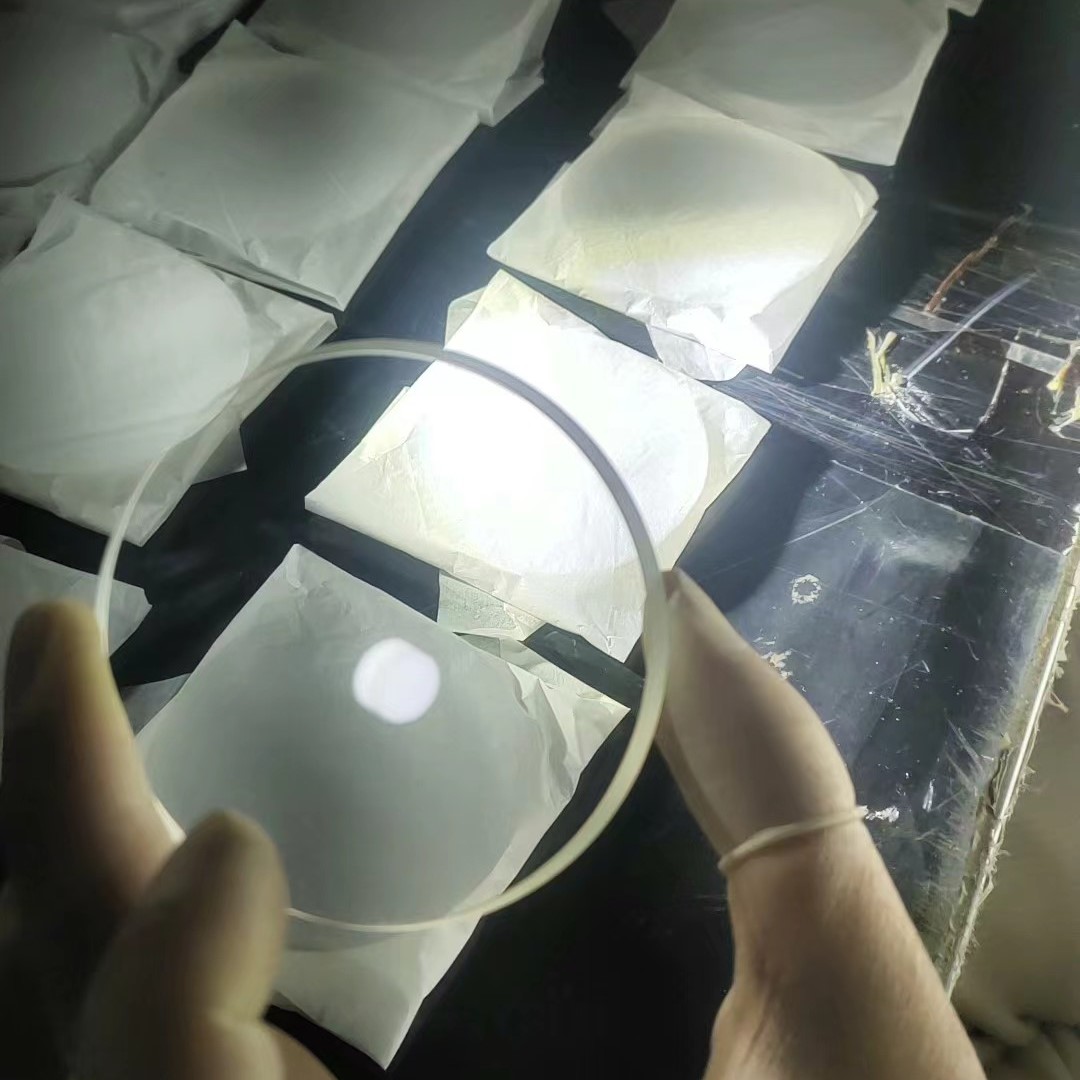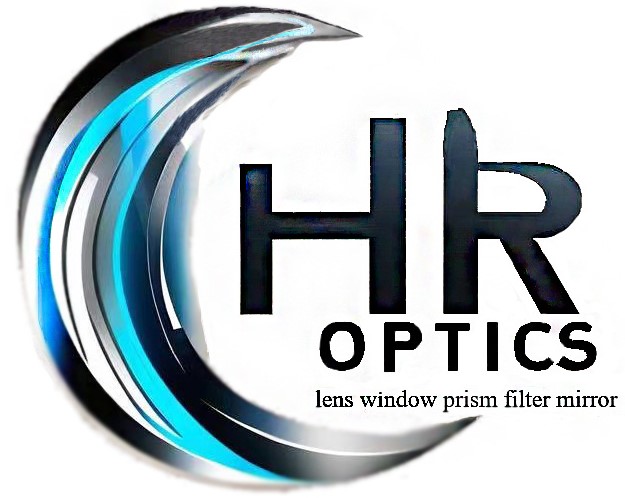
Storing precision optical elements correctly is crucial to maintain their quality and functionality. Here are some general guidelines for storing these delicate items:
Protective Packaging: Always keep optical elements in their original packaging or in custom-designed containers that provide adequate protection. The packaging should be designed to prevent any contact with surfaces that could scratch or damage the optical surfaces.
Clean Environment: Store optical elements in a clean, dust-free environment. Dust and particles canScratch the surface of the element, affecting its performance. A clean room environment is ideal, but a clean, enclosed cabinet or container can also be sufficient.
Climate Control: Maintain a stable temperature and humidity level in the storage area. Sudden changes in temperature or humidity can cause condensation, which can lead to damage or contamination.
Avoid Direct Sunlight: Direct sunlight can heat up optical elements and lead to warping or other forms of damage. Always store these elements in a shaded area away from direct sunlight.
Handle with Care: When handling optical elements, always wear clean, lint-free gloves to prevent oil and dirt from transferring onto the surface. Touching the element with bare hands can leave smudges and fingerprints.
Anti-Static Protection: Some optical elements are sensitive to static electricity. Use anti-static bags or containers to prevent damage from static discharge.
Secure Storage: Make sure that the storage area is secure and that there is minimal risk of the elements being knocked over or damaged by other object
Documentation: Keep detailed records of each optical element, including its specifications, storage location, and any handling or maintenance procedures.
Regular Inspection: Periodically inspect stored optical elements to check for any signs of damage or contamination. This will help ensure that they are ready for use when needed
Transportation: When transporting precision optical elements, use appropriate packaging and secure them to prevent any movement that could cause damage.
By following these guidelines, you can help ensure that precision optical elements remain in optimal condition for use in various applications, such as laser systems, imaging devices, and scientific instruments.








 售前客服
售前客服